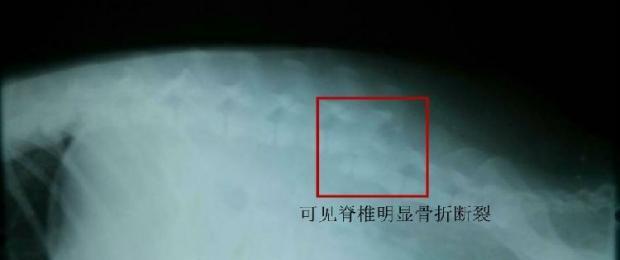In recent years, with the improvement of people's living standards, the number of domestic pet dogs has increased year by year, and canine fractures have become a common clinical disease, especially the incidence of hindquarter fractures is the highest, accounting for about 32% of all fractures.
Case and Diagnosis
The patient dog was a Samoyed, over 2 years old, female, weighing 25 kg.
Figure 1 The poor Samoyed is lethargic and paralyzed in the hind limbs
The measured body temperature was 39.2°C, the pulse was 96 beats/min in, the respiration was 25 times/min in, and the conjunctiva was reddish.

Figure 2 X-ray shows that the fracture is obvious
Surgical treatment
The process of surgical treatment is to reduce and fix the fracture, restore the continuity and stability of the spine, and relieve the compression on the spinal cord and nerve roots caused by the stenosis of the spinal canal caused by the fracture.
Figure 3 After 1 month, the dog's condition has recovered
Treatment experience
X-ray examination is the most valuable reference in the examination after fracture. It can not only make the final diagnosis of fracture, but also determine the sequence of vertebral body, injury site and scope.
